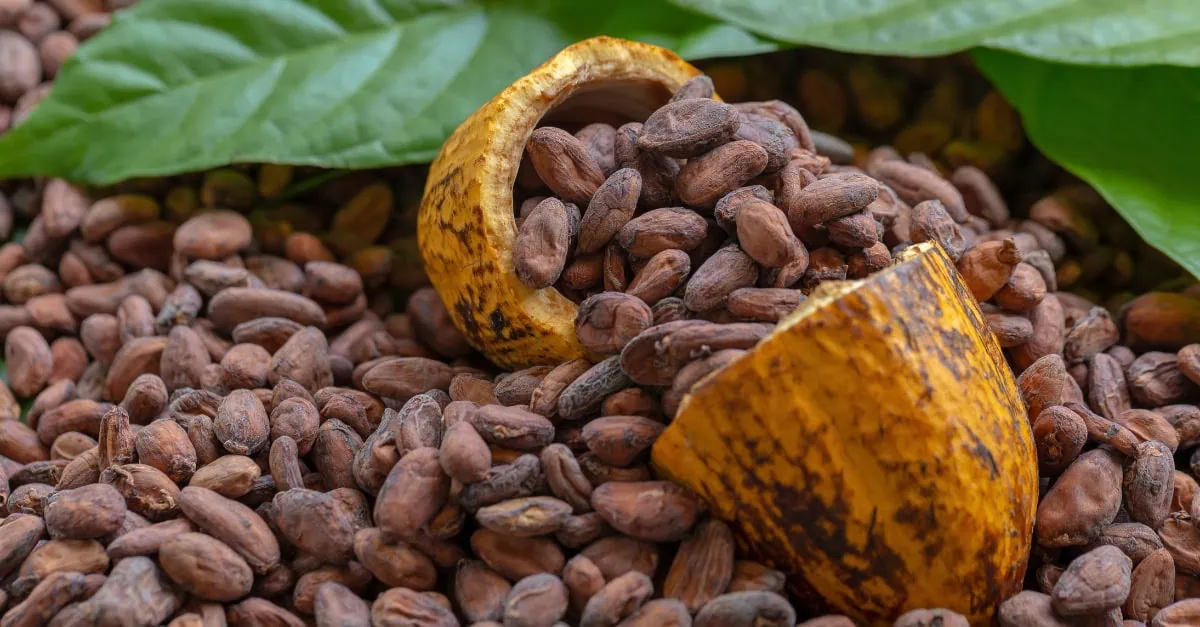The cocoa market has reached a critical inflection point where weak demand has been fully priced in, but supply disruptions have not, creating a dangerous asymmetry that explains why futures can increase 10% in a single session on weather reports from West Africa.
As noted in previous market analyses, demand was going to be weak, and to balance supply and demand, it had to be weak. Increased cocoa prices finally hit the end consumer through higher shelf prices, shrinkflation, reformulation, and different promotions, and consumers responded accordingly.
Demand destruction: confirmed and measured
Chocolate, confectionery and cocoa processing companies have reported weaker demand in quarterly earnings calls and grinding reports. The evidence is concrete and measurable.
Mondelez posted second-quarter sales that topped estimates but saw a bigger-than-expected decline in North American sales of 3.4%, larger than analysts’ prediction of a 1.8% drop. The company reiterated its expectation that its profit will fall about 10% this year due to “unprecedented cocoa cost inflation.”
Hershey reported second quarter operating profit of $192.8 million, a decrease of 33% versus the second quarter of 2024, driven by higher commodity and manufacturing costs. Although cocoa futures prices are off their highs, they are still elevated and chocolate confectionary companies still face margin pressure.
There is little reason to expect the demand picture to recover anytime soon, as companies continue to contend with cost-conscious consumers and historically high cocoa prices.
Supply remains the critical unknown
While the demand destruction story has played out as expected, supply forecasts remain highly uncertain. Through the grapevine, surpluses of 100,000 to even 250,000 metric tons were mentioned for current and next crop year, though these are very early days.
Although historically these would be seen as reasonably large surpluses, in light of the former three large deficits, such surpluses would only marginally replenish global stocks and the important stock-to-usage ratio.
These surplus forecasts have moved cocoa futures prices lower from the highs, but in recent weeks and months, futures prices have barely moved, of course within wild intraday and intraweek volatility.
Weather becomes the primary driver
The market’s sensitivity to supply disruptions became evident when rumors of too dry weather in Ivory Coast and Ghana, echoed through private crop forecaster reports, triggered a 10% rally in a single session.
Rainfall was well below average across most of Ivory Coast’s main cocoa-growing regions, while a cold spell raised concerns among farmers about potential crop damage that could reduce expectations for the October-to-March main crop.
This dramatic price response to weather reports demonstrates how supply concerns can instantly overwhelm the confirmed demand weakness that has been gradually priced into the market.
Market structure amplifies volatility
Managed Money had sold its length but has no interest to short cocoa, and the still strongly inverted term structure is an important driver for these market participants not to short a commodity. Open Interest remains historically low, meaning smaller volumes can create outsized price movements.
This dynamic proved costly for high-profile traders. Hedge funder Pierre Andurand pulled back from a bullish bet on cocoa after a series of mistimed trades led to deep losses, with his main fund down over 57% through the end of June. His firm recently reduced long cocoa exposure across all funds after the “very disappointing” performance.
A new trading reality
For the chocolate confectionary industry, the recommendation has been to maintenance buy on a scale-down basis, not competing with Managed Money, which buys them time and protection into the autumn and the still tight old crop versus new crop transition.
This approach recognizes the new market reality: while demand weakness provides some downside protection, supply concerns can trigger immediate and dramatic upward moves that overwhelm traditional fundamental analysis.
The market has effectively transformed into one where weather updates carry more price impact than quarterly earnings reports, creating unprecedented challenges for procurement teams managing cocoa exposure.
This article is part of our cocoa market analysis available here: https://app.vespertool.com/market-analysis/2172
